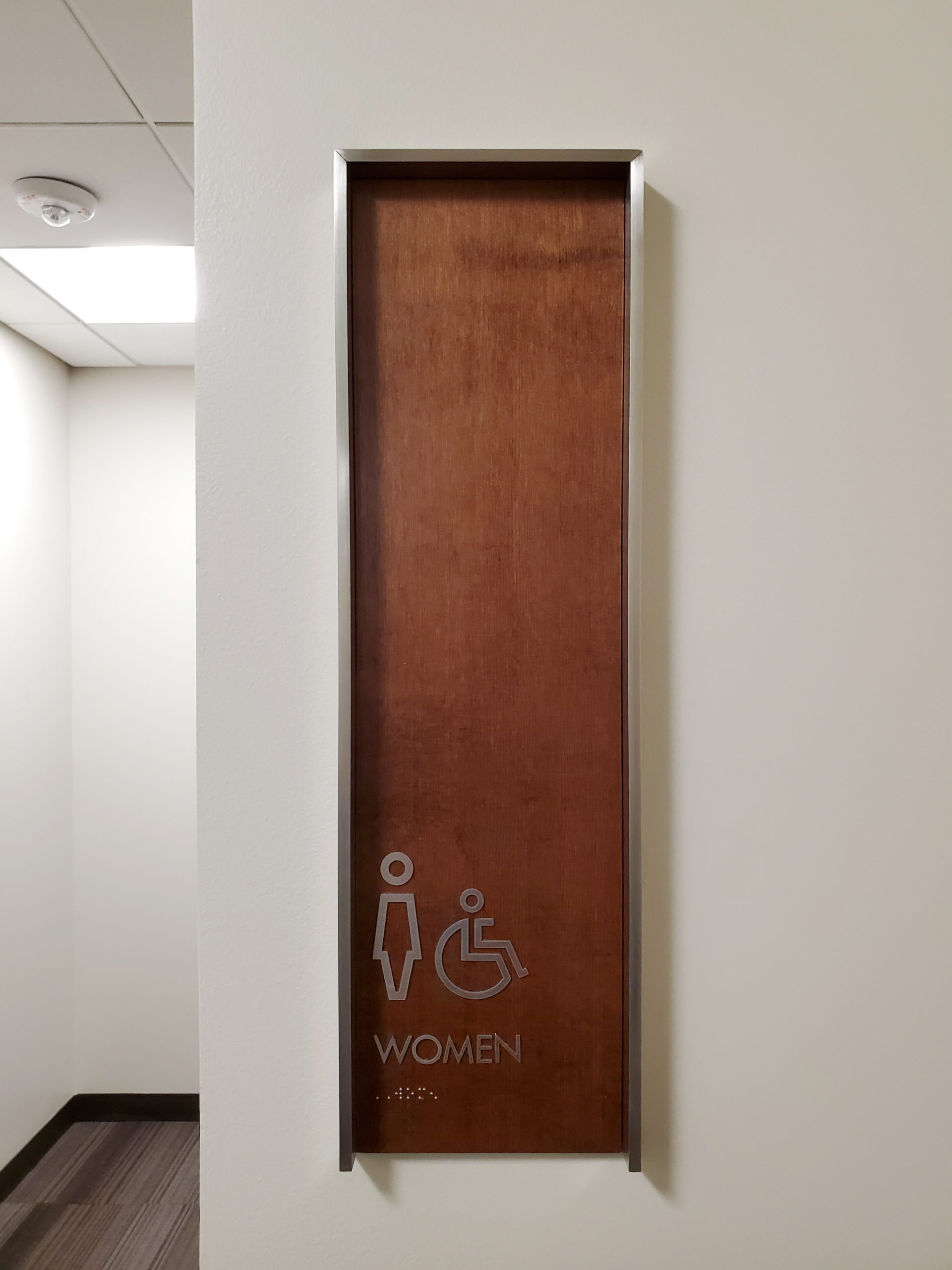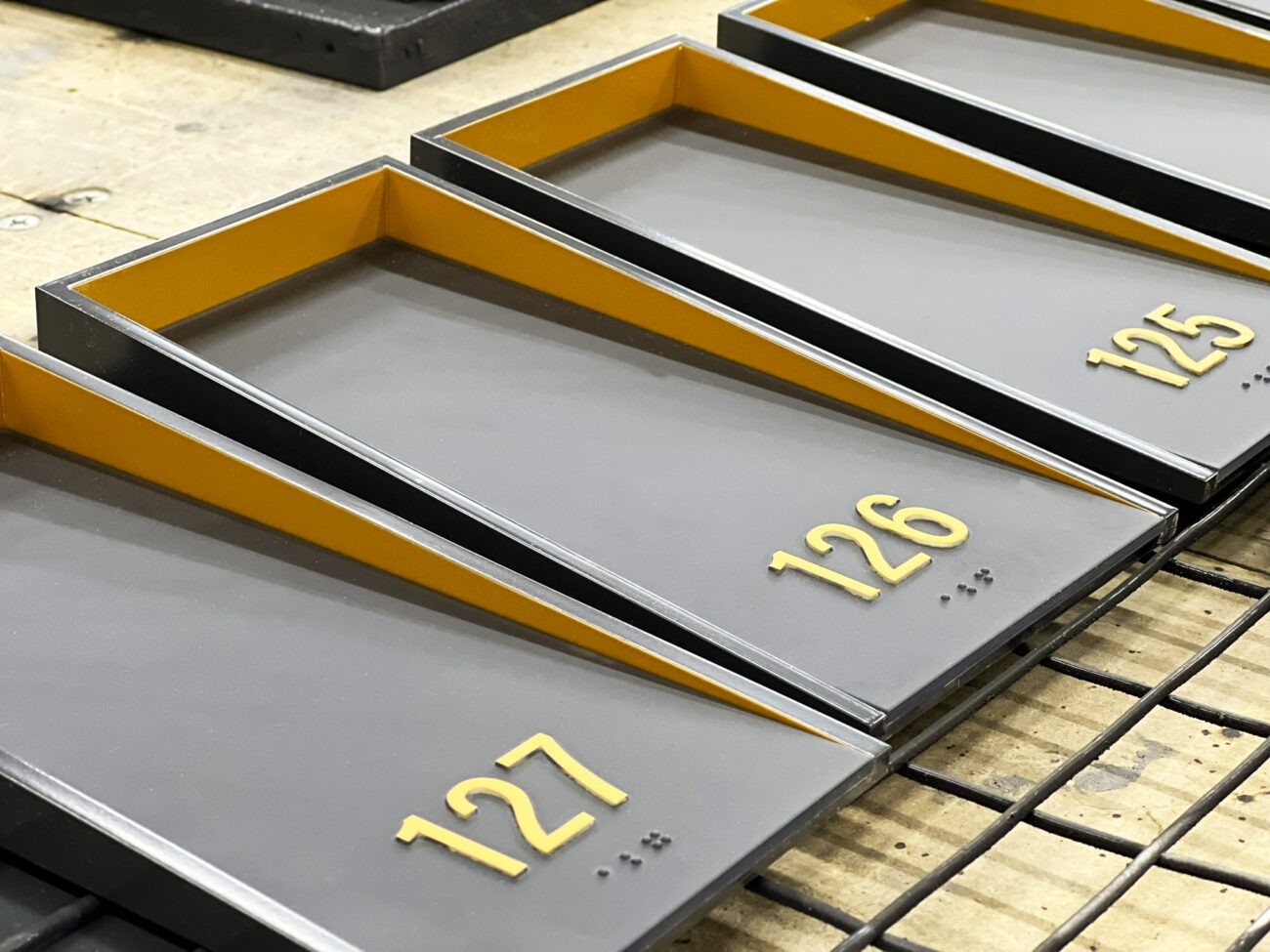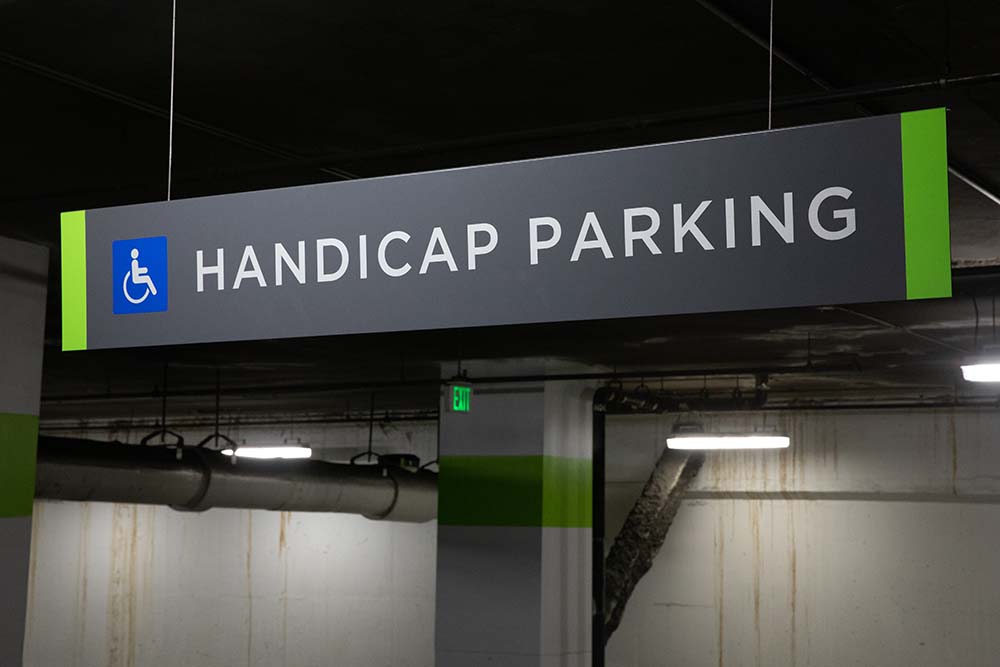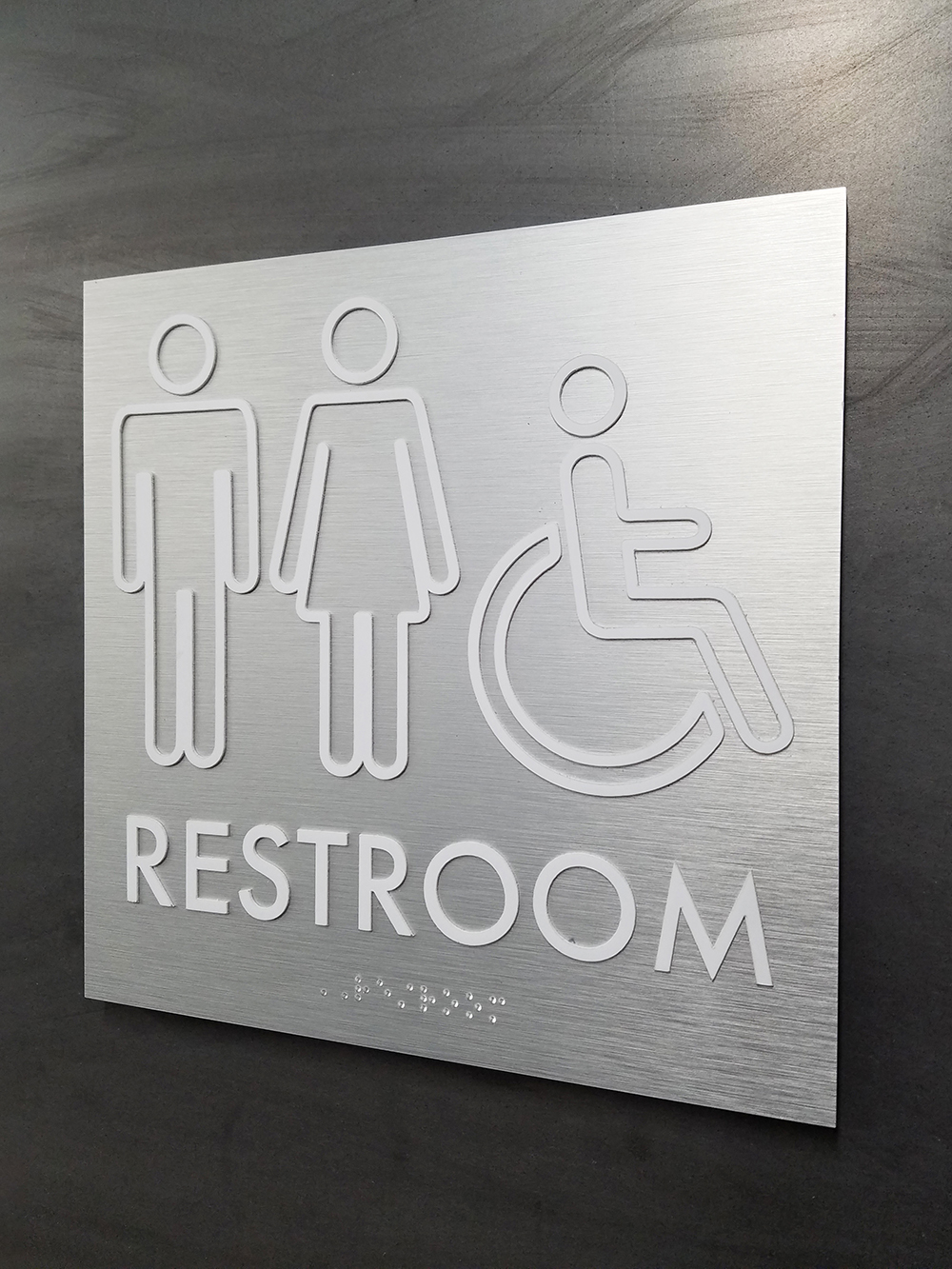For business owners, ensuring accessibility for all customers is not just a matter of good customer service; it’s a legal obligation under the Americans with Disabilities Act (ADA) standards. Maintaining compliant ADA signs is crucial for avoiding legal issues and creating a welcoming environment for everyone. But how do you know when it’s time to update or replace your existing signage? Several factors can trigger the need for new ADA signs, and understanding these will help you stay compliant.
What Changes in Regulations Require You to Replace Existing ADA Signs?

The ADA standards for accessible design are periodically reviewed and updated. When new regulations are issued, your existing ADA signs might no longer meet the current requirements, necessitating replacement. These changes can involve specifications for tactile characters (like size, height, and stroke thickness), braille (dot size, spacing, and cell height), visual characters (size, contrast, and non-glare finishes), as well as mounting height and location. For instance, a recent update might specify a different height range for mounting signs or introduce new pictograms for certain accessible features. It is the responsibility of business owners who are subject to these standards to stay informed about any changes in ADA regulations that could affect their signage. Regularly reviewing the official ADA guidelines or consulting with an accessibility expert can help you identify if your current ADA signs are still compliant or need to be updated to meet the latest standards.
How Do Renovations or Business Relocations Affect Your ADA Signage Requirements?
Renovations to your business premises can significantly impact your ADA signage requirements. Any alterations to existing spaces or the creation of new ones might trigger the need for new or updated signs to guide individuals with disabilities. For example, if you add a new accessible restroom, you will need to install compliant ADA signs identifying it. If you reconfigure hallways or create new accessible entrances, directional ADA signs will likely be required to ensure clear pathways. Even minor changes, such as moving a doorway or relabeling rooms, could affect the compliance of existing signage.
Relocating your business to a new property essentially means starting fresh with your ADA signage. The signage from your previous location may not be compliant with the new building’s layout or the current regulations. A thorough assessment of the new premises is essential to determine all the ADA signs needed, including those for accessible parking, entrances, restrooms, and other accessible features throughout the building. Ensuring full compliance from the outset at a new location will help you avoid potential legal issues and demonstrate your commitment to accessibility.
Staying up-to-date with ADA sign regulations and considering the impact of renovations or relocations are crucial for businesses. For expert guidance on all your ADA sign needs, ensuring compliance and creating a welcoming environment for all customers, contact BSC Signs today.






